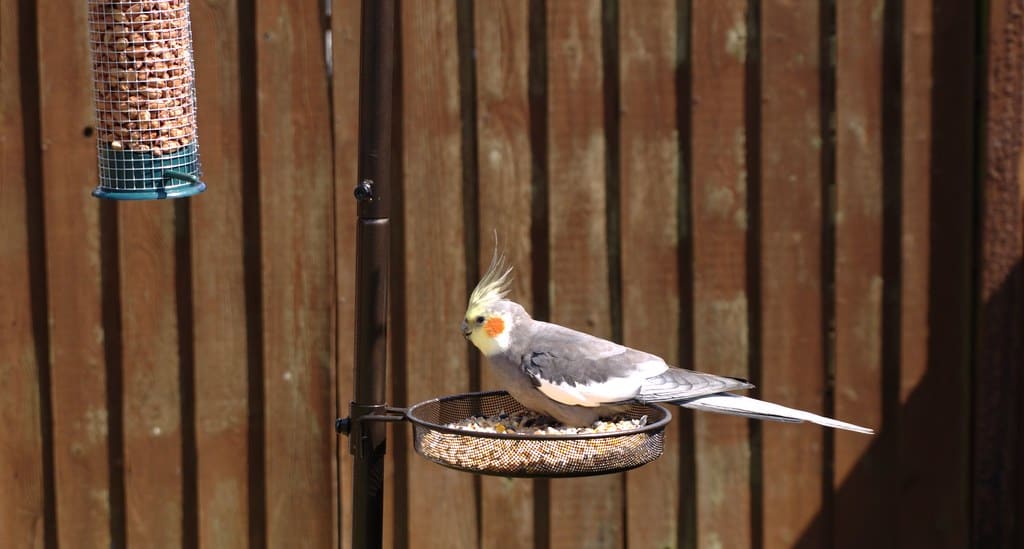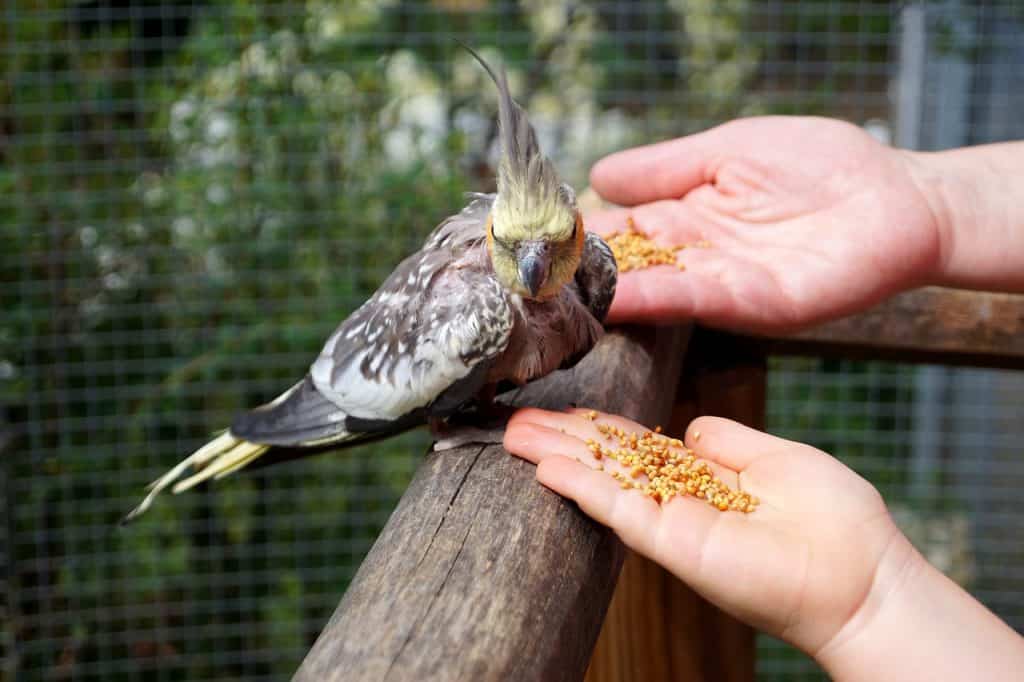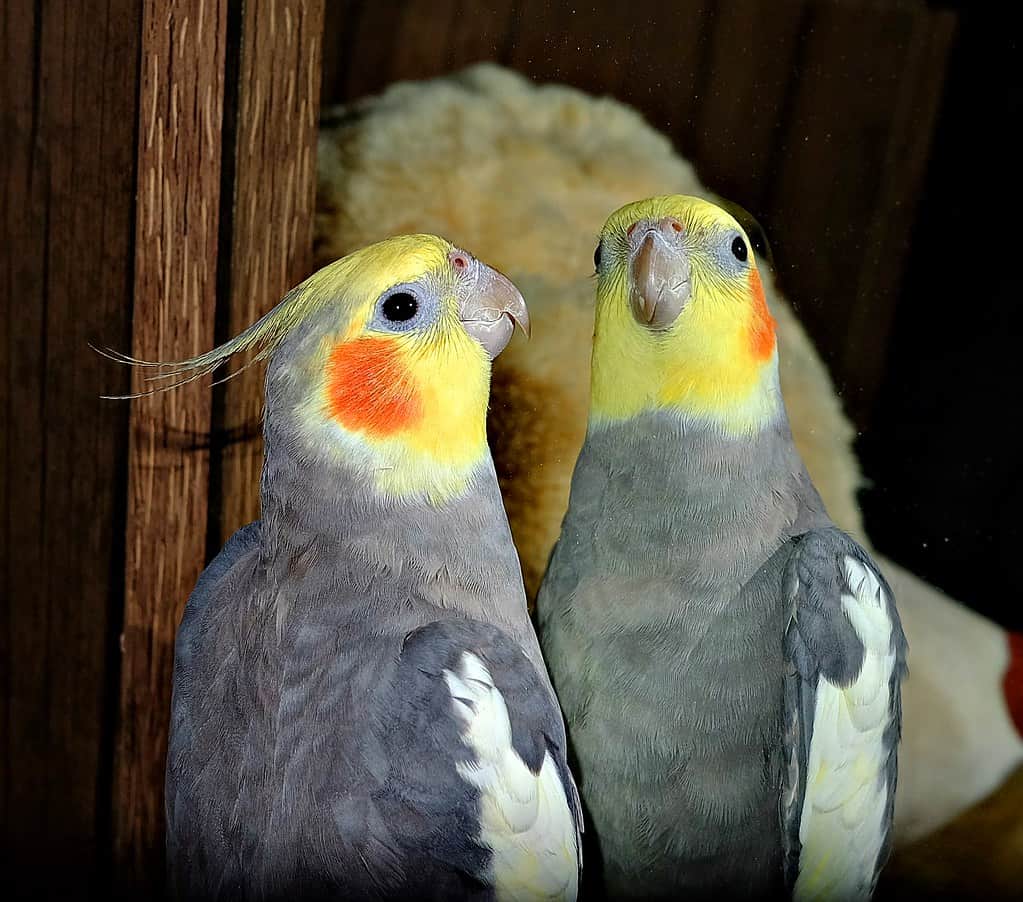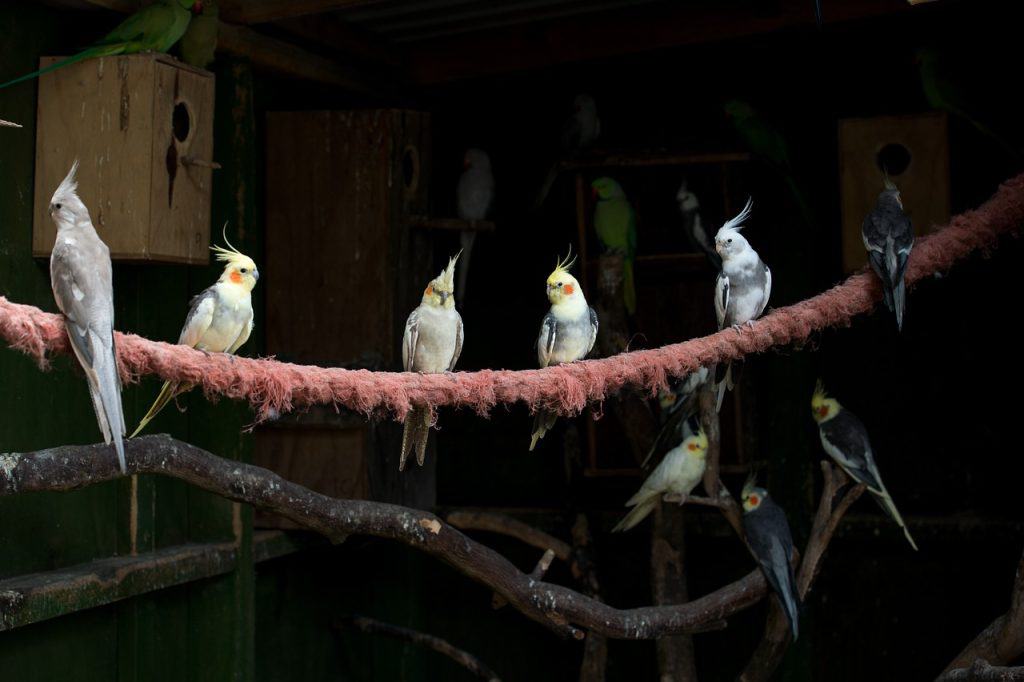Imagine the joy of having a cockatiel that not only greets you with chirps but also performs tricks at your command. Training your cockatiel can strengthen your bond and ensure its mental and physical well-being. Whether you’re a new owner or looking to teach your feathered friend some new tricks, understanding the basics of bird training is essential.
Training your cockatiel doesn’t have to be daunting. With patience and consistency, you’ll be surprised at how responsive these intelligent birds can be. From stepping up onto your finger to playing games, the possibilities for interaction are endless. Let’s dive into how you can start this rewarding journey with your cockatiel, ensuring a happy and enriched life for your pet.
Essential Supplies for Training Your Cockatiel

Equipping yourself with the right tools is a crucial step in training your cockatiel effectively. Whether you’re teaching basic commands or more complex tricks, certain items can dramatically enhance the training session.
Choosing the Right Treats
Selecting the right treats can make a significant difference in your cockatiel’s willingness to participate and succeed in training. Birds, like most animals, respond excellently to positive reinforcement. Treats such as spray millet, sunflower seeds, or small pieces of fruit are highly palatable to cockatiels and can serve as powerful motivators.
Always offer treats in tiny amounts to avoid overfeeding. Focus on the treat’s quality and palatability, ensuring it is both safe and appealing to your bird. Tailor treat selections to your cockatiel’s personal tastes, which will maintain their interest and excitement during the training.
Selecting Appropriate Training Props
Appropriate training props are essential in keeping the training sessions engaging and successful. Items like perches, small ladders, or even simple hoops can help teach your cockatiel fine motor skills and agility. Importantly, props should be sized correctly for your cockatiel to avoid any potential injury.
A sturdy and stable perch, for instance, not only helps in basic perching techniques but also serves as a fundamental tool for more complex activities such as stepping onto your finger or flying to designated spots. Additionally, considering clicker training as part of your props can further enhance the effectiveness, helping your cockatiel understand desired behaviors through clear auditory cues.
Basics of Cockatiel Training

Training your cockatiel involves understanding its behavior and establishing a consistent schedule. These steps can greatly improve the training effectiveness, ensuring your bird not only learns quickly but also enjoys the process.
Understanding Cockatiel Behavior
Cockatiels display diverse behaviors that signify their mood and readiness to train. Observing cues such as chirping, tail fanning, or feather fluffing can provide insights into their current state. For instance, a relaxed cockatiel might be more receptive to learning new tricks. Recognizing signs of distress or aggression, like hissing or retreating, is crucial to adjust your training approach accordingly. Engaging with your pet when it displays positive behavior, such as calmness or curiosity, enhances the effectiveness of each training session.
Setting a Training Schedule
Consistency is key when training cockatiels. Establishing a routine schedule helps your bird anticipate and prepare for training sessions, making them more productive. Aim for short sessions, ideally twice a day for about 5 to 10 minutes each. This prevents overstimulation and fatigue, keeping the experience enjoyable for the cockatiel. End each session on a positive note, possibly with a small treat like spray millet, to reinforce good behavior and ensure your cockatiel associates training with positive outcomes.
Fundamental Training Techniques
Training your cockatiel involves a blend of patience, consistency, and the right techniques to foster trust and encourage learning. The following methods provide a foundation to effectively train your pet cockatiel, enhancing both your bond and its skills.
Hand Taming Techniques
Initiating hand taming starts with getting your cockatiel comfortable with your presence. Spend time near the cage, speaking softly to help your bird acclimate to your voice and movements. Gradually, introduce your hand into the cage with a small treat, such as spray millet, positioned at your fingertips. Remain still, allowing the cockatiel to approach at its own pace.
Cockatiels, being naturally curious, will eventually perch onto your finger when they associate your hand with positive experiences. Reinforce these interactions with treats and gentle verbal praises, maintaining minimal sudden movements to avoid startling the bird.
To advance this training, practice lifting your hand very slowly, encouraging the cockatiel to maintain balance on your finger. If the bird steps onto your finger, reward it with a treat and soft congratulatory words. Consistency is key; repeat these short sessions daily, ensuring each ends on a positive note to build trust progressively. This process not only tames your cockatiel but also prepares it for more complex trainings.
Teaching Basic Commands
Basic command training for your cockatiel starts with simple, clear instructions. Begin with commands like ‘step up,’ where you prompt your bird to step onto your raised finger. To execute, hold your finger slightly above the bird’s lower chest and gently push against its chest while giving the command. Most cockatiels learn to step up as a way to stabilize themselves. Always pair commands with visual cues or gentle guidance, ensuring to speak in a calm, steady tone.
Treats, such as small pieces of fruit or commercial bird treats, serve as exceptional positive reinforcements. During training sessions, use a clicker to mark the desired behavior immediately followed by a treat. This method, known as clicker training, helps the cockatiel recognize the exact moment it performed correctly, accelerating its learning process.
Remember, short sessions preserve the cockatiel’s interest and prevent overstimulation, so limit training to about 15 minutes twice a day. With persistence and routine, your cockatiel will not only master these commands but will also look forward to these engaging and rewarding training sessions.
Advanced Cockatiel Training Tricks
After mastering basic commands with your cockatiel, you can progress to more advanced tricks, enhancing both fun and mental stimulation for your pet. These intricate abilities not only entertain but also deepen the bond between you and your bird by engaging them in more complex challenges.
Training Your Cockatiel to Turn Around
To teach your cockatiel to turn around on command, begin by ensuring you’re at your bird’s eye level. This encourages better focus and communication. Hold a treat just out of reach behind your cockatiel and use a clear, consistent verbal cue like “turn around.” As your cockatiel turns to follow the treat, slowly circle the treat around its body until it completes a full turn.
Once the turn is complete, immediately give the treat and praise enthusiastically. With practice, your cockatiel will learn to turn around with just the verbal command, no treats needed. Remember, maintaining short sessions enhances learning efficiency without overwhelming your bird.
How to Teach Your Cockatiel to Shake Hands
Teaching a cockatiel to shake hands, or more appropriately, “shake feet,” is a delightful trick that can easily be mastered with patience and treats. Start by placing your finger gently against one of the cockatiel’s feet. It’s crucial to keep your movements smooth to avoid startling your pet. As you touch the foot, use a command like “shake,” and when your bird lifts its foot, even slightly, reward with a small treat and verbal praise.
Over time, gently encourage your cockatiel to lift its foot higher during these interactions. Consistency and repetition in each training session will soon have your cockatiel shaking hands as a natural response to your command.
Keeping Your Cockatiel Motivated

Training your cockatiel can be a joyful experience that strengthens your bond and enhances your bird’s intellectual and emotional well-being. To ensure ongoing progress and keep your cockatiel engaged, focus on methods to maintain motivation.
Maintaining Positive Reinforcement
Positive reinforcement remains key when training cockatiels. Each time your cockatiel successfully follows a command or performs a trick, immediately reward them with a treat, such as spray millet, or verbal praise. This approach ensures they associate the actions you’re teaching with positive outcomes, encouraging repetition. Using consistent verbal cues and small treats helps cement behaviors, making training sessions both fun and rewarding. Keep sessions short, ideally under 15 minutes, to prevent your pet from losing interest and to end each session on a positive note.
Recognizing Signs of Stress
It’s crucial to monitor your cockatiel for signs of stress during training to ensure they remain healthy and receptive to learning. Signs of stress include feather plucking, lack of vocalization, aggression, or retreat from interaction. If you notice these behaviors, it may indicate that the training sessions are too long or the environment might be overstimulating.
Adjust by reducing the duration of sessions or by simplifying the tricks and commands you’re working on. Always speak softly and move slowly around your cockatiel to minimize stress and maintain a calm training environment.
Final Thoughts
Training your cockatiel is more than just a series of commands and tricks; it’s a journey that strengthens your bond and enhances your bird’s life. By embracing the techniques discussed, you’re set to enjoy a rewarding relationship with your feathered friend. Remember, the key to success lies in your patience, consistency, and ability to read your bird’s cues. Keep sessions engaging and stress-free, and you’ll see your cockatiel flourish.
Other suggested articles:
Why Cockatiels Like Head Scratches?
How to Bond With a Scared Cockatiel
- What Types Of Cockatiel Mutations Are There
- What Tricks Can You Teach Your Cockatiel
- What Toys Do Cockatiels Like
- What To Put In The Cage Tray Of Your Cockatiel
- What To Do When Your Cockatiels Molting
- What To Do When Your Cockatiel Escapes
- What To Do When You First Bring Your Cockatiel Home
- What To Do If Your Cockatiel Bites You
- What To Do If You Need To Take Your Cockatiel On A Vacation
- What Smells Are Toxic To Birds
- What Plants Are Toxic To Cockatiels
- What Other Accessories Do You Need To Buy For Your Cockatiel
- What Is Your Cockatiels Senses
- What Is The Pelleted Diet
- What Is The Lifespan Of A Pet Cockatiel
- What Is The Cockatiels Background
- What Is The Avian Anatomy Of Your Cockatiel
- What Is My Cockatiel Trying To Tell Me
- What Is A Pied Cockatiel
- What Is A Cockatiel
- What Foods Your Cockatiel Should Avoid
- What Foods Are Toxic To Cockatiels
- What Does It Mean When A Cockatiel Puffs Up
- What Does A Pregnant Cockatiel Look Like
- What Do You Need To Know About Your Cockatiels Feathers
- What Do You Need To Know About Your Cockatiels Droppings
- What Do Cockatiels Eat In The Wild
- What Do Cockatiels Eat Diet Nutrition
- What Are Your Cockatiels Seasonal Needs
- What Are Your Cockatiels Possible Health Problems
- What Are Your Cockatiels Household Hazards
- What Are The Nutrition Requirements Of Your Cockatiels Food
- What Are The First Aids In Case Of Emergency To Your Cockatiel
- What Are The Cockatiel Basics
- What Are Some Tips On Training Your Cockatiel
- What Are Common Cockatiel Behaviors
- What Are Cockatiels Signs Of Illness
- What Age Do Cockatiels Stop Breeding




